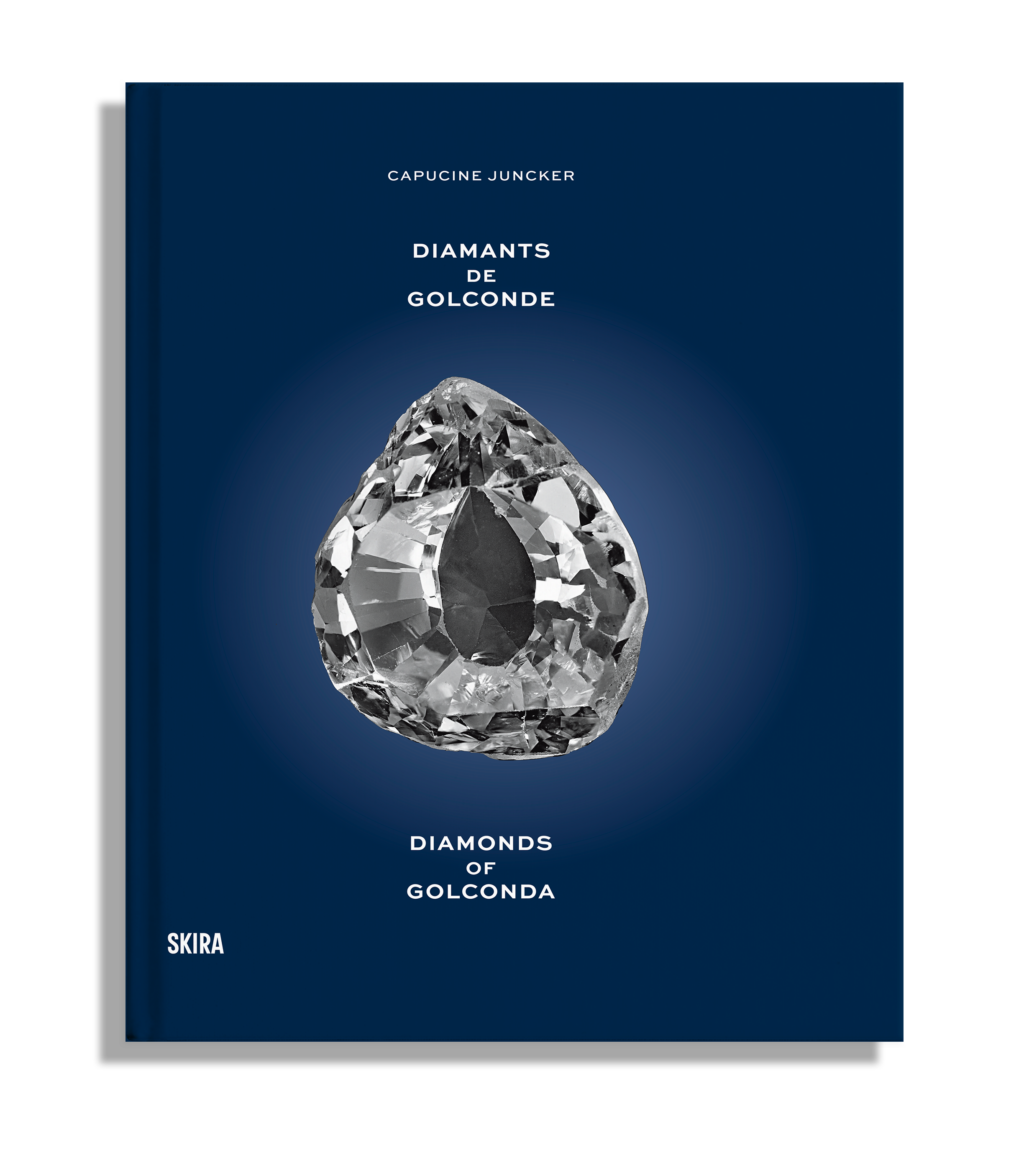To Property of a Lady readers
Diamonds of Golconda
Readers of Property of a Lady will no doubt have noticed, over the years, the publication on this site of articles on French and European diamonds belonging to royal or princely families, on spectacular auctions of diamonds once owned by American tycoons or film stars, or on Indian jewellery traditions from the 15th century to the present day..
Each of these stories, different in subject and angle, had one thing in common: they all involved Golconda diamonds. And so, article after article, Golconda diamonds gradually appeared to me as a major thread running through the history of jewellery. Not just in the history of India, but in the global history of the jewellery tradition. On closer examination, I realised that this origin had become so legendary that the historical, geographical, social, economic, cultural and even sacred reality of Golconda diamonds had faded behind the myth. A few historical summaries and some fascinating articles on research, sometimes diamond by diamond, existed in English, but they did not necessarily cover the period from the discovery of these diamonds to the present day. The reconstruction of this red thread then became a research project in its own right for me.
This project has now become a book, which SKIRA has agreed to publish, and which is being released in bookshops and on digital platforms soon*. In it, I attempted an approach to the diamonds of Golconda that starts with the geographical and geological origins of the Golconda mines, and then moves on to the Indian part of their history, drawing on both historical accounts and certain literary or religious writings that give them distinction. Contrary to popular belief, diamonds were not always the focus of interest for the rulers of India. Over time, they became a sign of wealth and a symbol of power.
This symbolism was transferred to Europe almost identically. The dominance of Golconda diamonds in royal jewellery is due, of course, to the simple fact that before 1725, Golconda was the only source of diamonds in the world (with the exception of a few deposits in Borneo). But it was also, moreover, due to the fact that the Indian courts, particularly the Mughal, had made diamonds the royal gemstone par excellence, supplanting all others. Queen Victoria would never have been so keen to acquire the Koh-i-Noor if it had not been the very symbol of the power of India, which Great Britain, through the East India Company, was in the process of conquering. But before it, many European sovereigns had coveted diamonds for their economic and political value, perhaps unwittingly replicating the hierarchies established by the rulers of India.
That’s why, in this book, after exploring the genealogy of Golconda diamonds, I wanted to trace their international path, from royal courts to American billionaires, from court jewellers to contemporary jewellers who work brilliantly with Golconda diamonds.
Although it has required a great deal of reading, research and travel, this book is not an academic compendium, but a narrative. The diamonds of Golconda can of course be the subject of a thousand and one investigations, but my sole aim was to give readers, interested in the history of jewellery, a first-hand look at the astonishing trajectory of these stones that have become mythical. Born in and around the sultanate of Golconda, their story has often been romantic, sometimes even fantastic. They have become witnesses to a part of our collective history, and have often even played a central role in it.
Through this account and selected iconography, I wanted to invite the reader to engage in a unique jewellery adventure.

Bilingual English/French, hardcover edition, 23 x 30 cm
208 pages, 125 images
ISBN-10: 2370742178 | ISBN-13 978-2-37074-217-9
On Sale : France – 30 October 2024 / 50 €
UK – 28 November 2024 / £ 45
USA – December 31, 2024 / $ 55
Here is the press release
CP_Golconde_EN